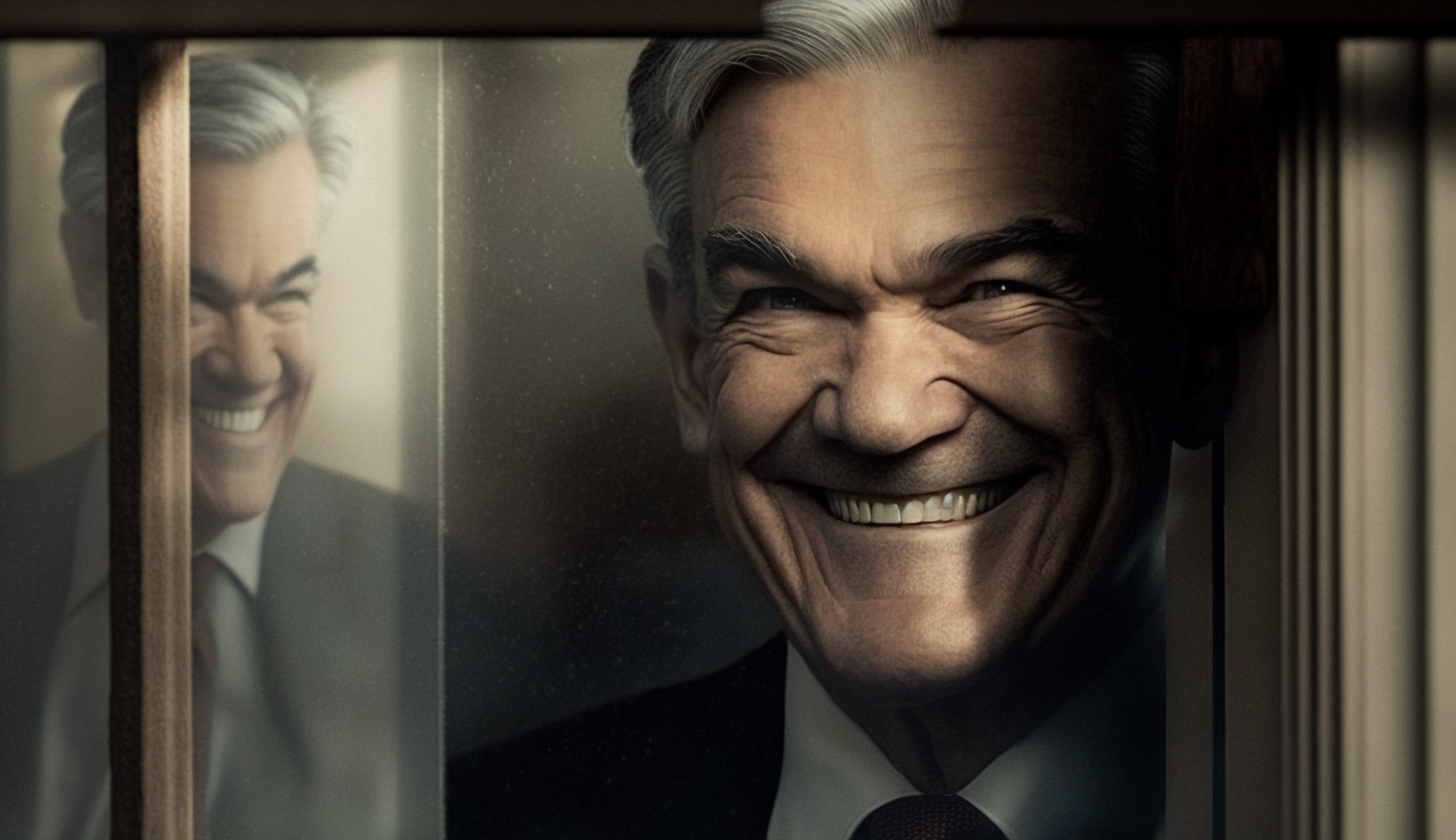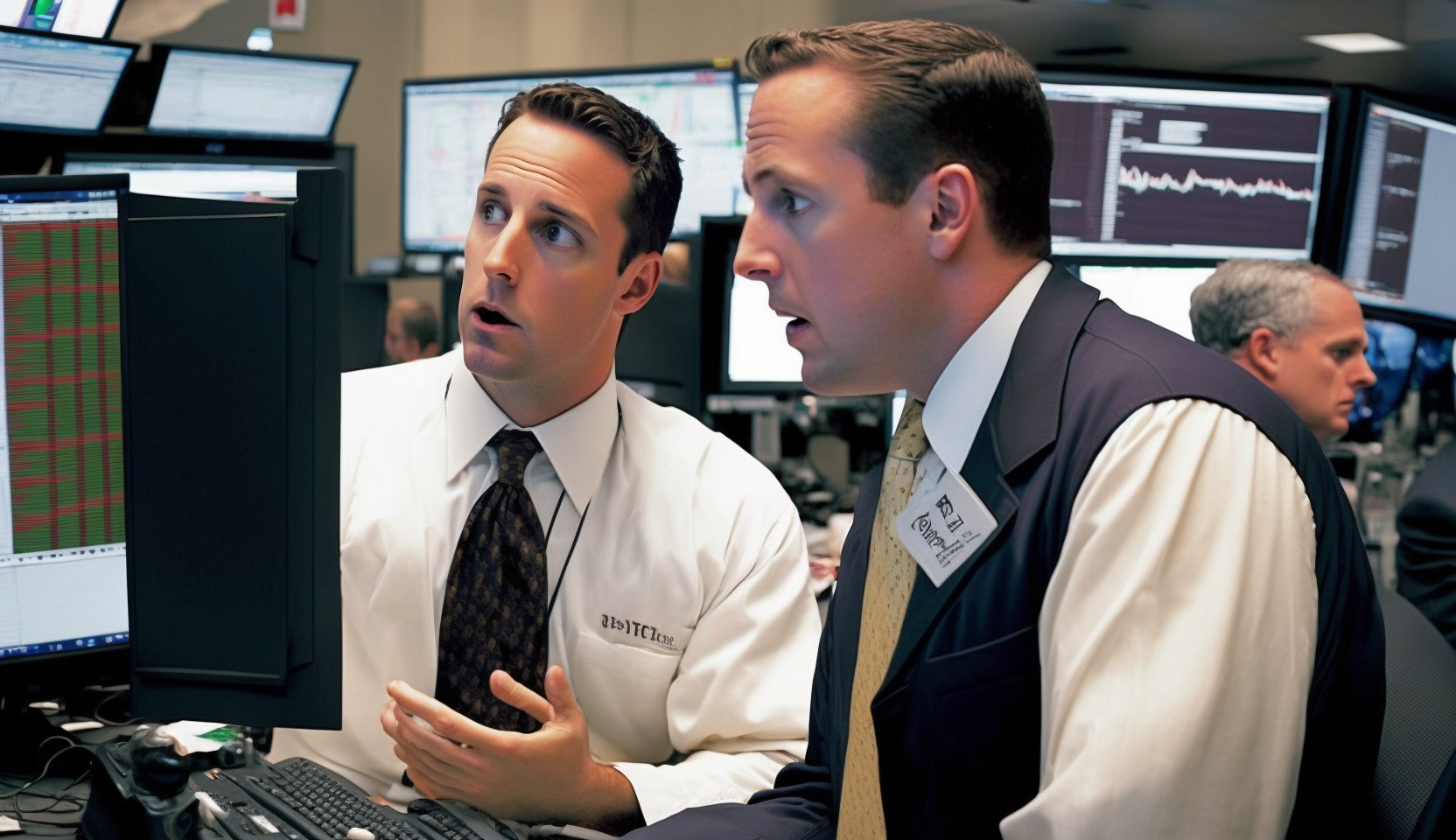The latest inflation reading is providing critical evidence that the Federal Reserve’s interest rate hikes through 2023 have begun to achieve their intended effect of cooling down excessively high inflation. However, the timing of future Fed rate cuts remains up in the air despite growing optimism among investors.
On Friday, the Commerce Department reported that the Fed’s preferred inflation gauge, the core personal consumption expenditures (PCE) index, rose 2.9% in December from a year earlier. This marked the first time since March 2021 that core PCE dipped below 3%, a major milestone in the fight against inflation.
Even more encouraging is that on a 3-month annualized basis, core PCE hit 1.5%, dropping below the Fed’s 2% target for the first time since 2020. The deceleration of price increases across categories like housing, goods, and services indicates that tighter monetary policy has started rebalancing demand and supply.
As inflation falls from 40-year highs, pressure on the Fed to maintain its restrictive stance also eases. Markets now see the central bank initiating rate cuts at some point in 2024 to stave off excess weakness in the economy.
However, policymakers have been pushing back on expectations of cuts as early as March, emphasizing the need for more consistent data before declaring victory over inflation. Several have suggested rate reductions may not occur until the second half of 2024.
This caution stems from the still-hot economy, with Q4 2023 GDP growth hitting a better-than-expected 3.3% annualized. If consumer spending, business activity, and the job market stay resilient, the Fed may keep rates elevated through the spring or summer.
Still, traders are currently pricing in around a 50/50 chance of a small 0.25% rate cut by the May Fed meeting. Just a month ago, markets were far more confident in a March cut.
While the inflation data provides breathing room for the Fed to relax its hawkish stance, the timing of actual rate cuts depends on the path of the economy. An imminent recession could force quicker action to shore up growth.
Meanwhile, stock markets cheered the evidence of peaking inflation, sending the S&P 500 up 1.9% on Friday. Lower inflation paves the way for the Fed to stop raising rates, eliminating a major headwind for markets and risk assets like equities.
However, some analysts caution that celebratory stock rallies may be premature. Inflation remains well above the Fed’s comfort zone despite the recent progress. Corporate earnings growth is also expected to slow in 2024, especially if the economy cools faster than expected.
Markets are betting that Fed rate cuts can spur a “soft landing” where growth moderates but avoids recession. Yet predicting the economy’s path is highly challenging, especially when it has proven more resilient than anticipated so far.
If upcoming data on jobs, consumer spending, manufacturing, and GDP point to persistent economic strength, markets may have to readjust their optimistic outlook for both growth and Fed policy. A pause in further Fed tightening could be the best-case scenario for 2024.
While lower inflation indicates the Fed’s policies are working, determining the appropriate pace of reversing course will require delicate judgment. Moving too fast risks re-igniting inflation later on.
The détente between inflation and the Fed sets the stage for a pivotal 2024. With core PCE finally moving decisively in the right direction, Fed Chair Jerome Powell has some latitude to nurse the economy toward a soft landing. But stability hinges on inflation continuing to cool amid resilient growth and spending.
For investors, caution and flexibility will be key in navigating potentially increased market volatility around Fed policy. While lower inflation is unambiguously good news, its impact on growth, corporate profits, and asset prices may remain murky until more economic tea leaves emerge through the year.












